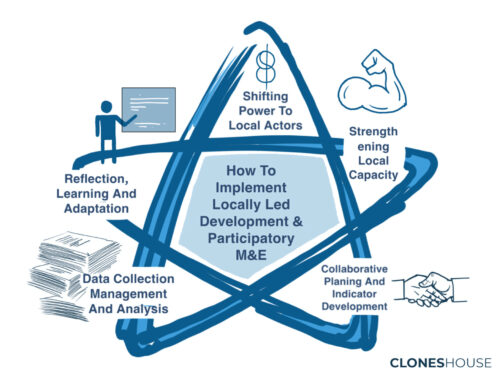Are you about administering a questionnaire to your program participants? Are you wondering how many of those participants you need to respond to your program survey to be “statistically correct”? In this resource, I am creating a list that shows the sample size you should be considering for your program survey. Krejcie and Morgan in 1970 created this table for determining sample size for a given population for easy reference. But before you jump to the list, let’s clarify some basic statistical jargon.
Angela Mogadishu, the Monitoring and Evaluation Officer at Madagascar Foundation, found out, from the attendant’s register that 2,800 young women attended their 5-day Women Empowerment Bootcamp (WEB). Angela designed a questionnaire to help the Foundation understand the perception of the women that attended WEB. As usual, Angela could not reach out to all the 2,800 young women that attended WEB, so she needed a certain proportion that could represent all the other women. To have a representative statistical sample, Angela chose 350 after referring to the list below. Thus the 2,800 young women are referred to as the population, while the 350 women are the sample size that should actually respond to the questionnaire she has designed.
Wait a minute, a quick look at a population of 2,800 in the list below resulted in a sample size of 338. Why did Angela choose 350? In real-world evaluation, Angela might not get response from all the 338 because of several reasons. So she already assumed she would not get responses from 12 young women that were part of the WEB program. If I were Angela, I would target 360 respondents. Nevertheless, we can all be Angela!
Table for Determining Sample Size for a Finite Population
|
|---|
Source: Krejcie and Morgan, (1970) Determining Sample Size for Research Activities. Educational and Psychological Measurement





Thank you for this.
You’re welcome, Egwuatu.
Good read, thanks for this.
You’re welcome, Daniel.
In practice, i have always thought and used 2 in every 10 as my sample size. For instance, in 100 participants, i administer to 20.
Again, thank you for this beautiful exposition.
Thank you. But how do I cite this in my thesis
Hello Muna, to cite, use the below:
Oludotun Babayemi. “How to Determine Your Sample Size” Cloneshouse, 1 May. 2020, https://www.cloneshouse.com/2020/05/01/how-to-determine-your-sample-size/
Great piece. There online tools though that can help with sample size calculations, with these tools you can vary your confidence interval as you desire.
Awesome. Thank you Ernest. You mind sharing some of these online tools?